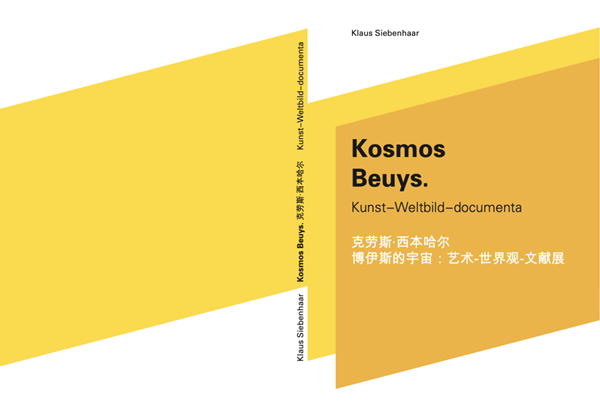
The Beuys Universe: Art - Worldview - documenta. Series V
Joseph Beuys and the documenta
documenta III 28 June – 6 October, 1964
Author: Prof. Dr. Klaus Siebenhaar
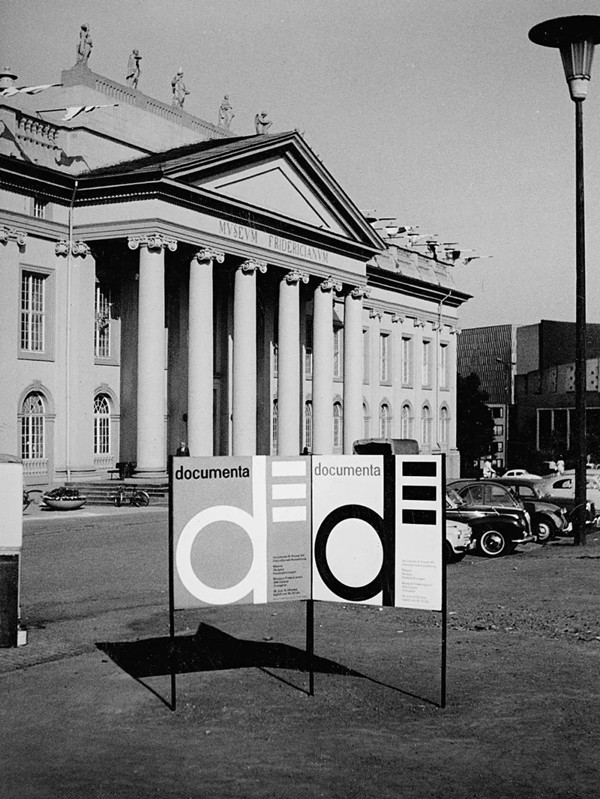
documenta III

Arnold Bode, 1963/64
© documenta Archiv
The documenta III 1964 marked both the climax and a turning point in the history of world art exhibition. Arnold Bode and his spiritual rector Werner Haftmann celebrated a festival of 20th century masters for the last time, while the new stars of contemporary pop and conceptual art were already pushing their way to the fore. This was the documenta of the transition from modern to contemporary art, with some spectacular highlights, especially in sections "Aspects 1964" and "Light and Movement". The real highlight was the special show "Hand Drawings", also impressively staged in curatorial terms, which presented masterpieces from over 80 years, where Beuys's drawings were also shown. His small sculptures were displayed separately in "Aspects 1964".
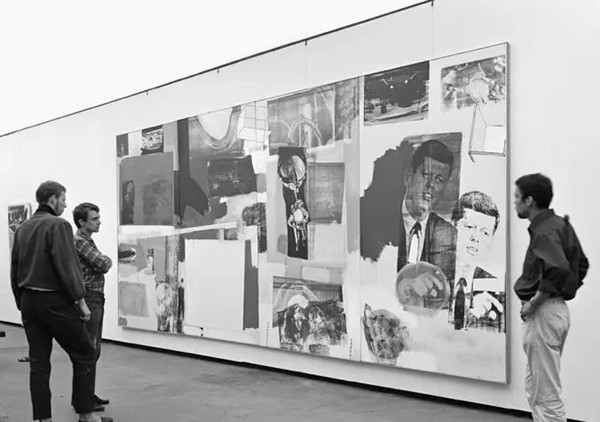
Axle, Robert Rauschenberg, documenta III
© Robert Rauschenberg/VG Bild-Kunst Photo: Günther Becker
The documenta III was Joseph Beuys's first major international appearance. For Beuys, it represented a starting point in the development of his "expanded concept of art" and his inherent theory of sculpture. His three drawings and four small sculptures selected for the exhibition represented his cosmos of ideas, his repertoire of concepts and his specific material aesthetics. The works of art, all of which dated from the 1950s, were not to be understood retrospectively, but on the contrary: they testified to a state of development of Beuys's understanding of art, they stood for the unity of art and life (= biography), and they provided answers to the question "What is art?". Art is life and universal productive force in the polar tension between birth and death, becoming and passing away, and warm pole (= life, fluid movement, design, expansion) and cold pole (= death, crystalline stability, solidification). In these terms and dual thought processes so constitutive for Beuys, the drawings and sculptures were not a retrospective stock-taking effort, but a "programmatic generator" (Veit Loers) on the way into a new era.
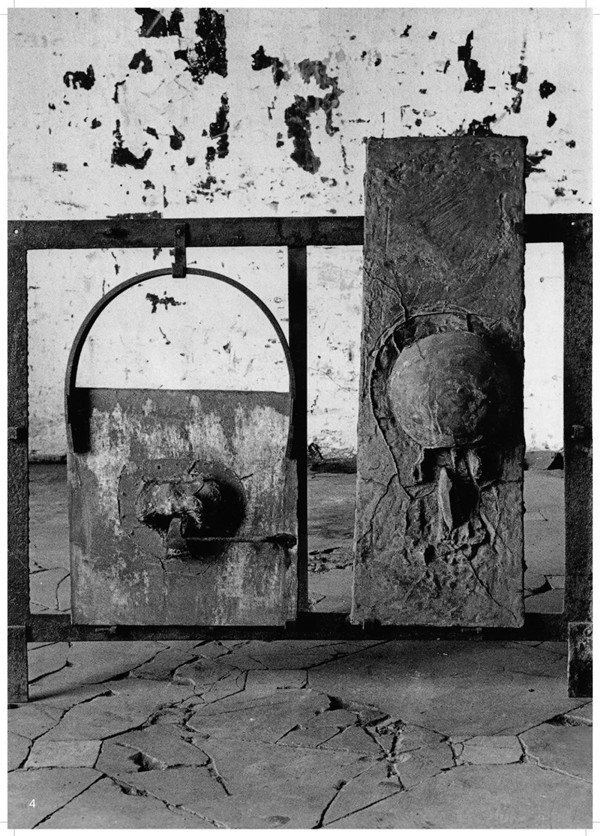
SåFG-SåUG, Joseph Beuys, 1953/58
Photography: Fritz Getlinger
The three drawings revealed Beuys’s diverse ideal-philosophical, and religious-mythological reference system: death, resurrection, vulnerability, metamorphosis, initiation, and spirituality, which can be found again in the mythological stag motif as well as in the Judith figure of Christian mythology. Corresponding to the drawings, the enigmatic, two-part bronze sculpture "Så FG-Så UG", codes for "sunrise - sunset", took up the "super-spatial sculptural principles" (Beuys) of “expansion and contraction", the "chaos and formation", beginning and end. It was Beuys's radical rejection of a naturalistic mode of representation, which he replaced with his "theory of sculpture" - based "on the transition from chaotic material to ordered form by means of sculptural movement" (Beuys). This statement contains his entire artistic (sculptural) credo. What has already intuitively suggested in the drawings took on concrete form in the sculptures. In the "Queen Bees I-III", modelled in wax and installed on wooden boards, the substantial transformations of bee wax and honey were illustrated from the "heat pole". The enigmatic character of "Queen Bees" was reinforced by the enclosed spoon and fork, associative devices that were meant to invite visitors to eat, as Beuys emphasised in a television interview: The experience of eating could lead to a deeper understanding of his work.
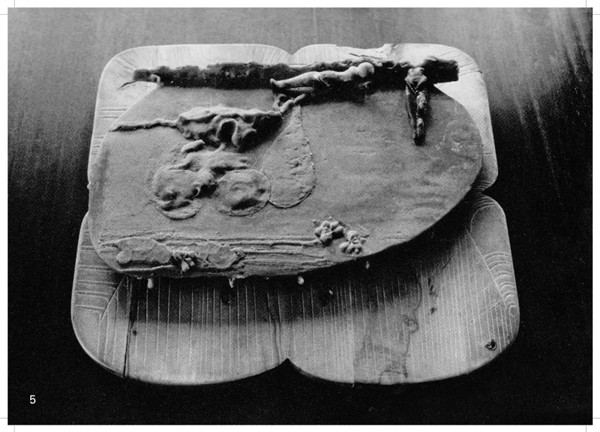
Bienenkönigin I, Joseph Beuys, 1952
Photography: Fritz Getlinger, Private Collection
Influenced by Rudolf Steiner's anthroposophical writing "On the Life of Bees" and alchemical theories, Beuys was not only concerned with the "warm character" of bees or with artistic expressions of his lifelong scientific studies, but also with an intensive examination of the idea of a bee colony. For Beuys, bees and the “colony" they created remained the original model of a self-governing "social organism", which he later described as "direct democracy" at documenta 5.
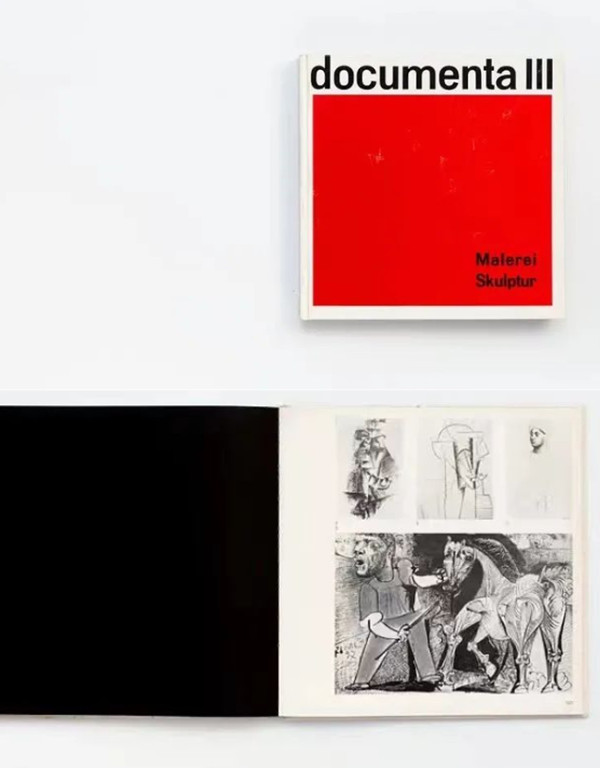
Drei Bilder im Raum, Ernst Wilhelm Nay, 1964
© Archiv of documenta III, Photo: Günther Becker
Everything has been laid out, pre-conceived and artistically expressed at his first documenta appearance. His "work" on the concepts was in progress, which was to be followed by corresponding expansions and actions.
Klaus Siebenhaar
Thanks
